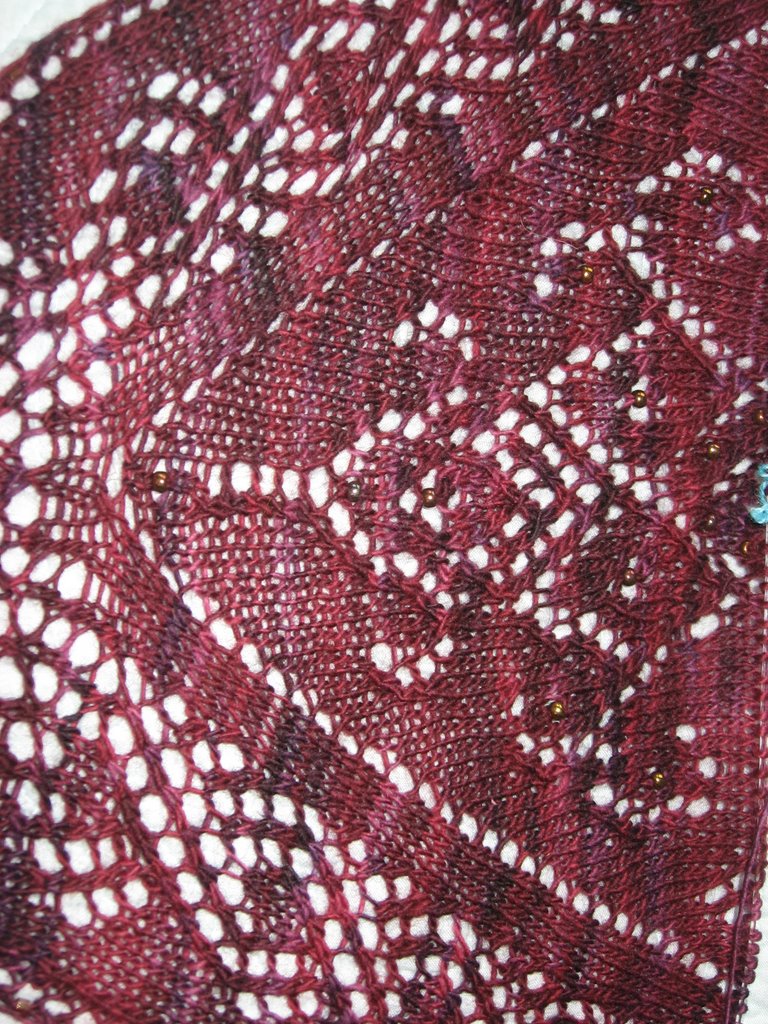I know: Book reviews!
There are so many new books out right now. I love to go to Barnes & Noble and pore over them. Lately, I’ve been spending a lot of time with 2 new books and one old one. As each has been very helpful in its own way, I thought I’d write some mini-reviews. Beginning with --

Spin to Knit / The Knitter’s Guide to Making Yarn
by Shannon Okey
Paperback / 128 pages / $21.95
(4 & ½ tinks on the tink-o-meter)
Being a new spinner (and an old knitter), this book really speaks to me. It’s a great “overview” book -- giving the reader basic instruction on spindle and wheel spinning techniques -- but also filling in the details on cleaning and carding fleece, predrafting fiber, trouble-shooting spinning snafus, and other topics of much interest to the beginning spinner.
Okey’s writing is informative and easy to understand, and the book’s color illustrations are outstanding. I also like how she has numerous profiles of contemporary spinners, weavers, and other artisans throughout the book -- often these little bios can inspire new ideas or give the reader an interesting “snapshot” of unique companies that supply fiber, spindles, etc.
About half of the book is dedicated to learning how to spin, the other half contains 20 patterns to use with your newly spun yarn. In general, the patterns are a good balance between funky and classic. Some of my favorites: A gorgeous shawl designed by the late Crystal Canning, the faux fair isle raglans co-designed by the author and Symeon North, and the Mojave cabled socks by Erin O’Brien.
A how-to glossary in the back gives excellent illustrated instructions on basic techniques, such as how to make I-cord, 3-needle bind off, short rows, kitchener stitch, etc. I wish all knitting books had this, as you never know when you might need a kitchener stitch refresher (I pretty much need one every time I do a sock toe). Add a good resource list and index, and what you get is a well-rounded book that makes it easy to find the information you need.
I *am* taking away ½ tink because the instructions on how to spin on a spinning wheel are a little skimpy. I would have liked 2 pages on "woolen" drafting vs. "worsted" drafting, and maybe a page more on plying. For a more in-depth look on these topics and more, see Teach Yourself VISUALLY Handspinning by Judith MacKenzie McCuin., which will be my next review.






No comments:
Post a Comment